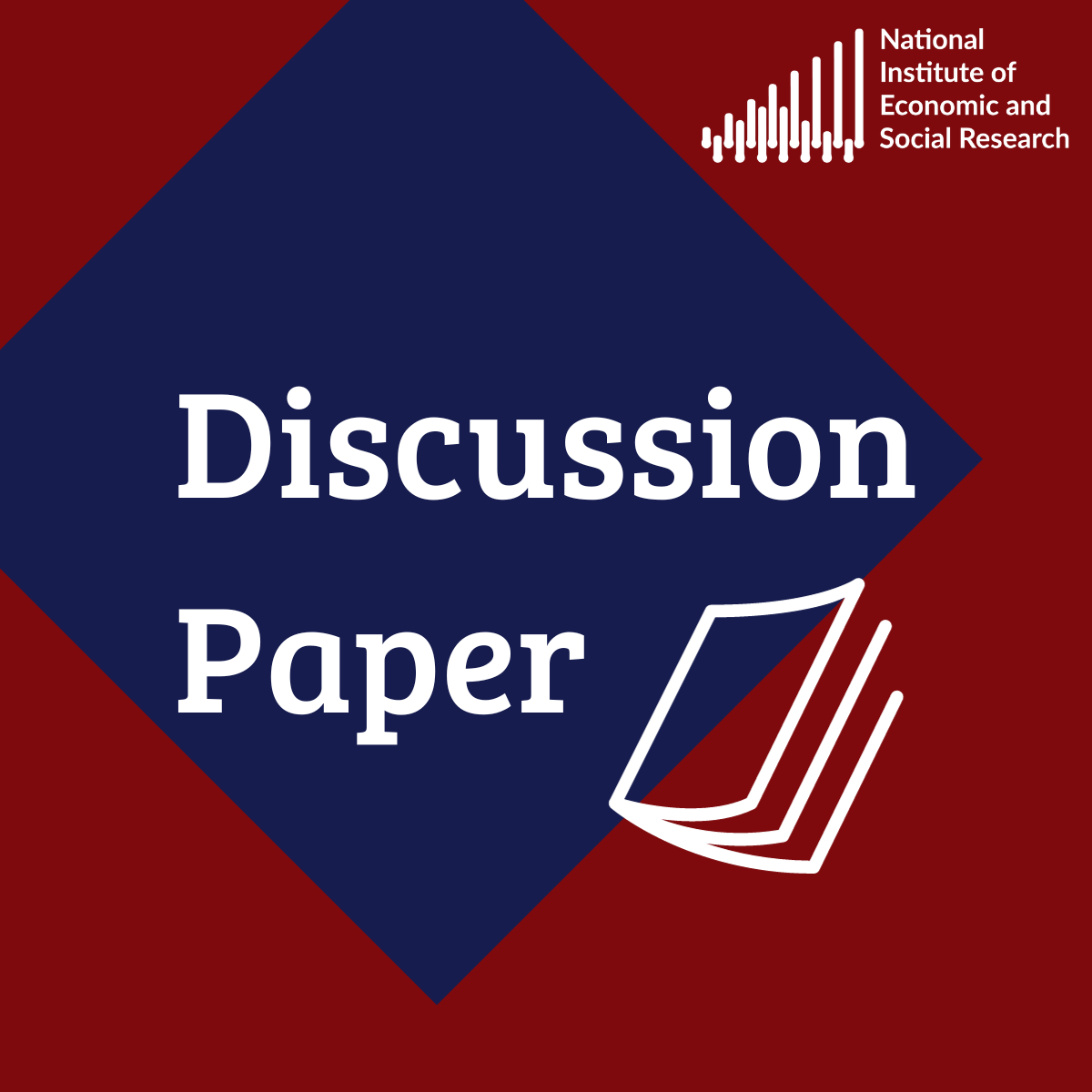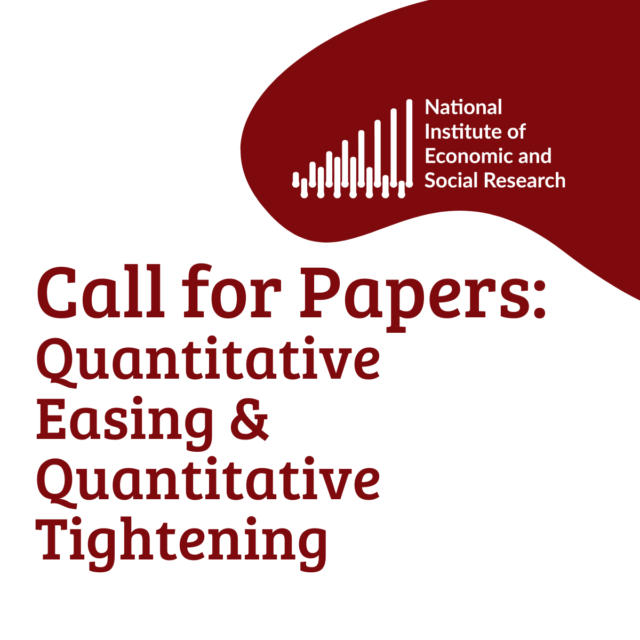- Home
- Publications
- The Monetary And Fiscal Framework Of The EMU In Times Of High Debt And Constrained Interest Rates
The Monetary and Fiscal Framework of the EMU in Times of High Debt and Constrained Interest Rates
 Pub. Date
Pub. Date
 Pub. Type
Pub. Type

Related Themes
Macro-Economic Dynamics and PolicyPaper Category Number
467
This paper looks at the monetary and fiscal interaction in the European Monetary Union and how the two arms of macrostabilisation policy are affected by high levels of sovereign debt and short-term interest rates at, or around, their lower bound. Using the National Institute’s Global Econometric Model it shows that when one arm of policy is constrained then the other must do more work to act as a partial, yet imperfect substitute. With both binding fiscal constraints and short-term interest rates near the lower bound, monetary intervention in sovereign debt markets offers a channel by which to ease the monetary stance and simultaneously relax the fiscal budget constraint. When only a subset of the monetary union is fiscally constrained, a domestic fiscal expansion by the remaining unconstrained members can provide a cross-country intra-union offset that makes all member states better off than they otherwise would be.
Related Blog Posts



Public Debt Sustainability and Fiscal Rules
Stephen Millard
Benjamin Caswell
05 Feb 2024
4 min read

Related Projects
Related News

Call for Papers: Lessons From Quantitative Easing & Quantitative Tightening
09 Feb 2024
1 min read



Related Publications

The Nature of the Inflationary Surprise in Europe and the USA
21 Mar 2024
Discussion Papers

Energy and Climate Policy in a DSGE Model of the United Kingdom
08 Mar 2024
Discussion Papers

Exploring Alternative Data Sources for Household Wealth Statistics
24 Jan 2024
Discussion Papers

Inflation Differentials Among European Monetary Union Countries: An Empirical Evaluation With Structural Breaks
20 Nov 2023
National Institute Economic Review
Related events

Assessing Cycles and Structural Changes in Markets

Business Conditions Forum

2022 Dow Lecture: The Economy and Policy Trade-Off






